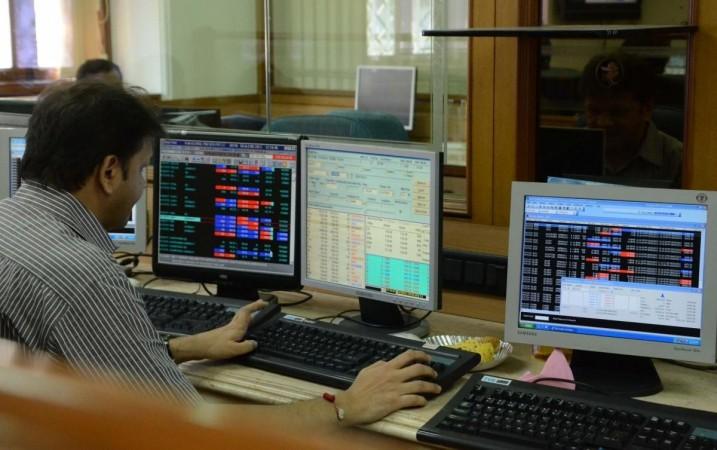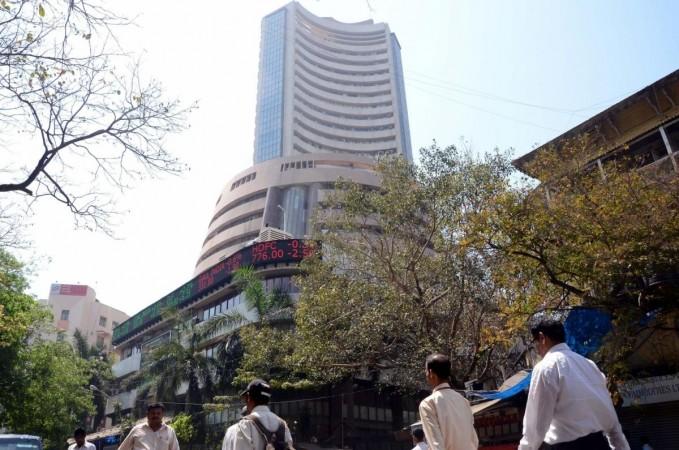The Sensex of the BSE on Wednesday touched an all-time high of 63,588.31 points and later came down. The previous highest level was 63,583.07 points.
Industry experts said the upward trend will be there for some more months and the markets may turn nervous during the next round of state elections in November/December 2023.
The Sensex opened at 63,467.46 and touched a high of 63,588.31 and a low of 63,316.74 points during the morning trade.
The Sensex closed at 63,321.70 points on Tuesday. Later the Sensex came down and is trading at 63,317.79 points.
Benchmark Indices touched new highs on Wednesday on the back of sustained increase in capital expenditure by the Government of India coupled with rising manufacturing PMI, says S. Ranganathan, the Head of Research at LKP Securities.
Despite increase in interest rates India is witnessing rising credit demand and India Inc today can boast of much better Balance Sheets than ever before. The return of FIIs to markets since April has boosted sentiments even as domestic investors continue to repose confidence in Indian equities.
The big wall of worry for the bulls is the dismal performance of the monsoon showing a deficiency of over 50 per cent till June 15th, says V.K. Vijayakumar, Chief Investment Strategist at Geojit Financial Services.

It is important to understand that this is a global rally with most markets -- the US, Euro Zone, Japan, South Korea, Taiwan -- hovering around 52-week highs. India is near new record highs, he said.
Globally markets are bullish even when global growth is sluggish. The reason for this bullish trend is that the US recession, which markets had discounted last year, didn't happen and there are indications that the US might avoid a recession. So, markets are correcting the wrong discounting of last year, he added.
In India there is big action in mid and small-caps and this is likely to continue.
Even though valuations are rich, there is value in large-cap banking stocks which have corrected. Leading indicators, particularly the sustaining credit growth, augur well for high quality banking stocks, he said.

Jahnavi Prabhakar, Economist, Bank of Baroda said in a note that the onset of South West monsoon was delayed this year by more than a week against expectation. This might result in delay in rainfall in some of the Southern states as has been seen in the past.
While there is an expectation of normal rainfall, there is an upside risk of El Nino conditions forming which poses significant risk. However, severity of El Nino has to be taken in to account based on past years data. The result of normal and spatially distributed rainfall would be evident on sowing of Kharif crops as well on their prices in the coming months, Prabhakar said.
Kharif sowing season begins in Jun-Sep and interlaces with the South-West Monsoon. Kharif crops are harvested in the months of October-December and account for roughly 50 per cent of the foodgrains production in the year.
With the recent turn of events led by climate change, likelihood of a normal monsoon and the spatial distribution of the rainfall has become quite challenging with frequent fluctuations being evident. Notably, higher and lower production of foodgrains have some relation to the excessive or deficient monsoon in the respective year, the note said.
(With inputs from IANS)














